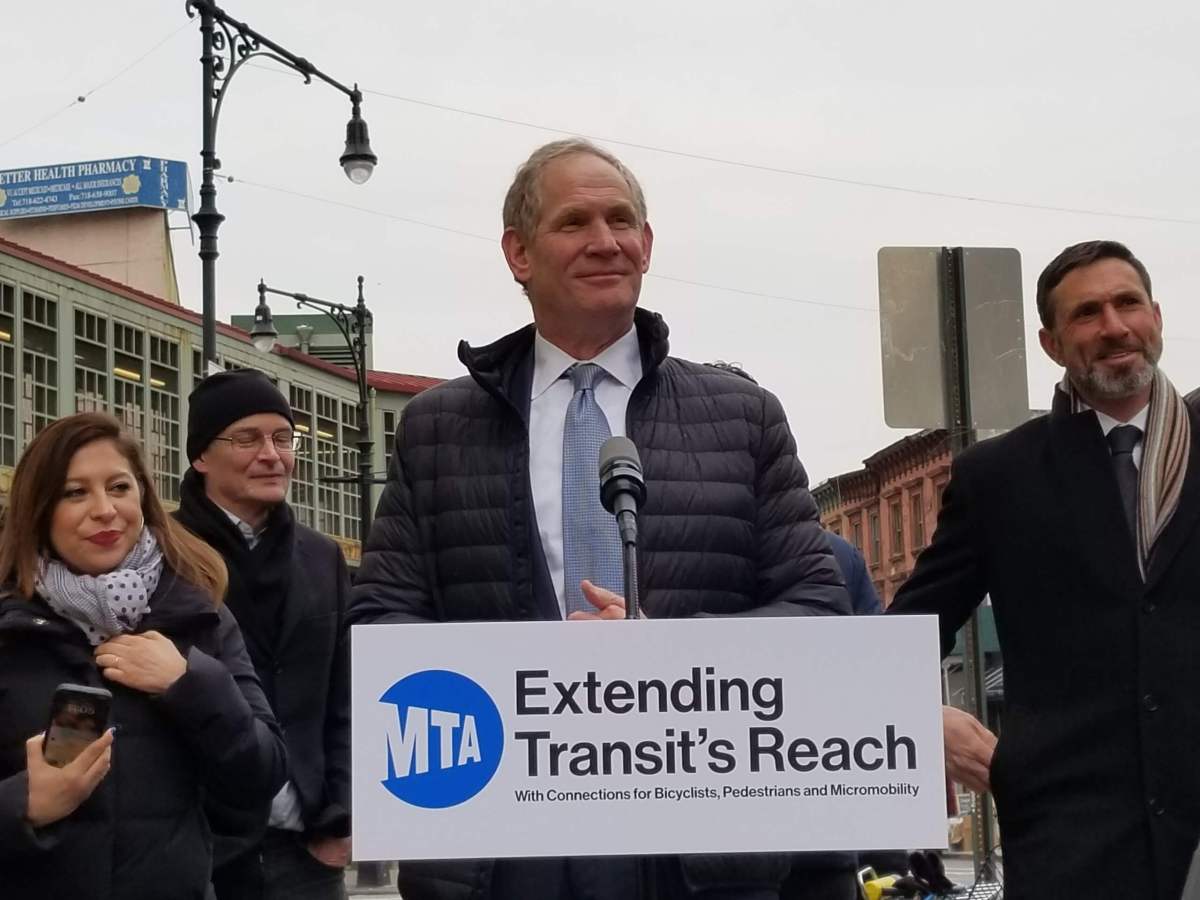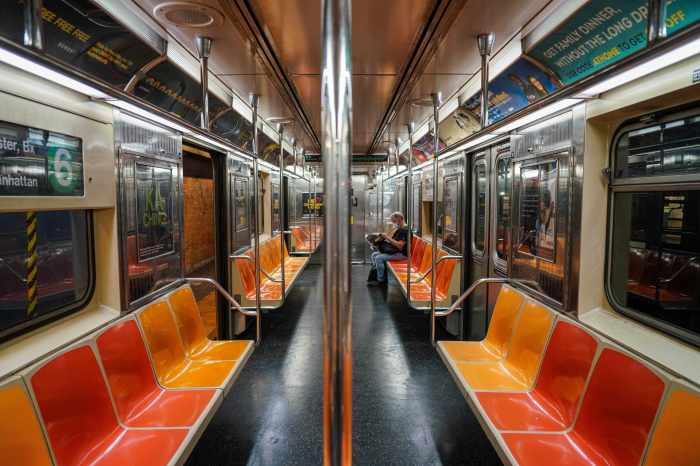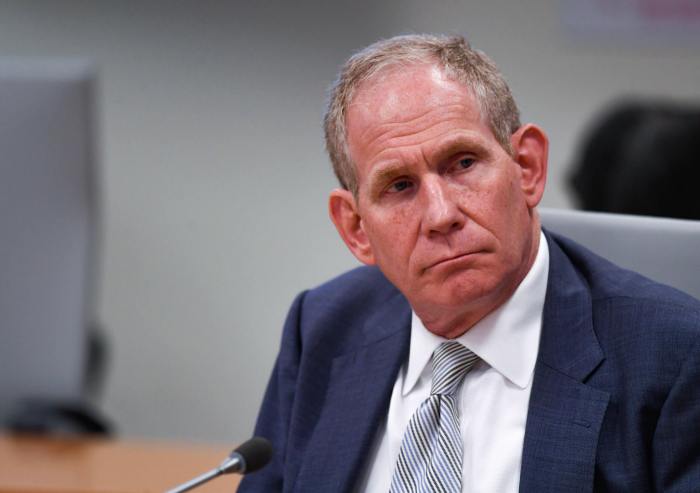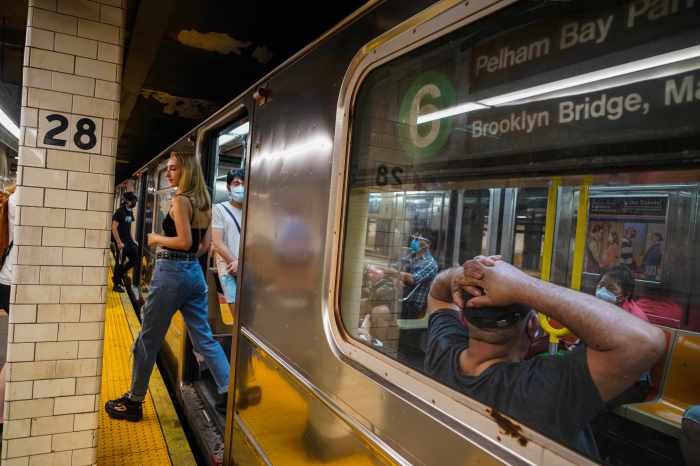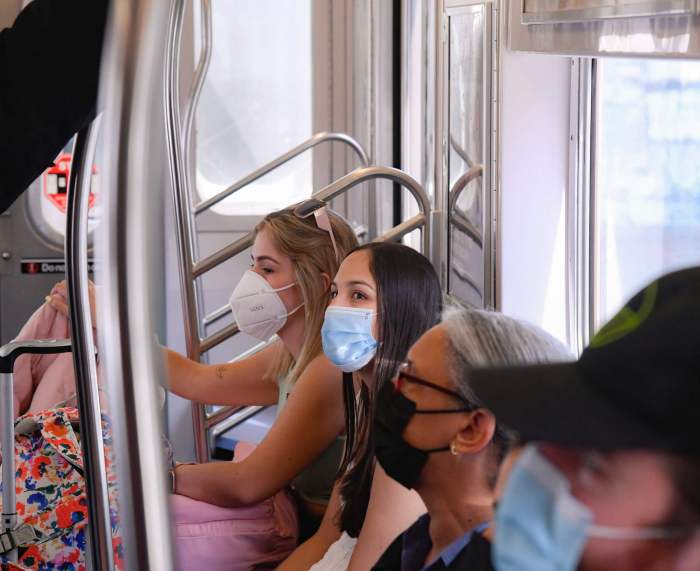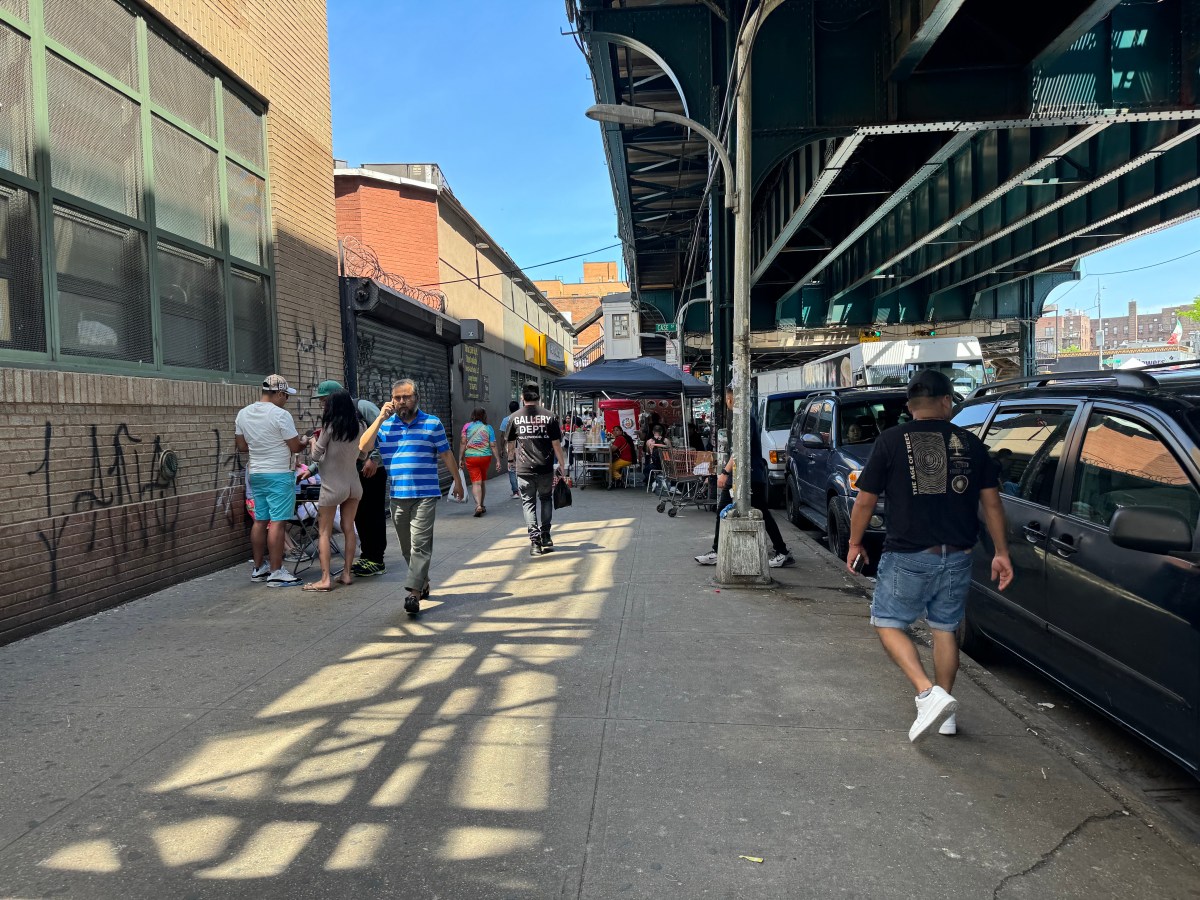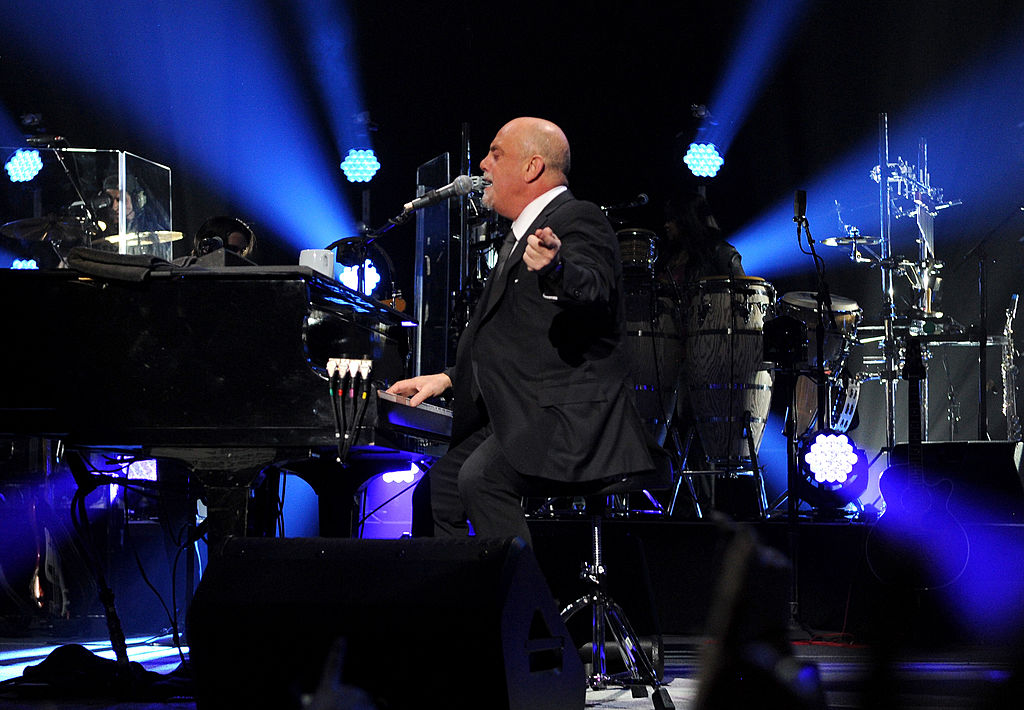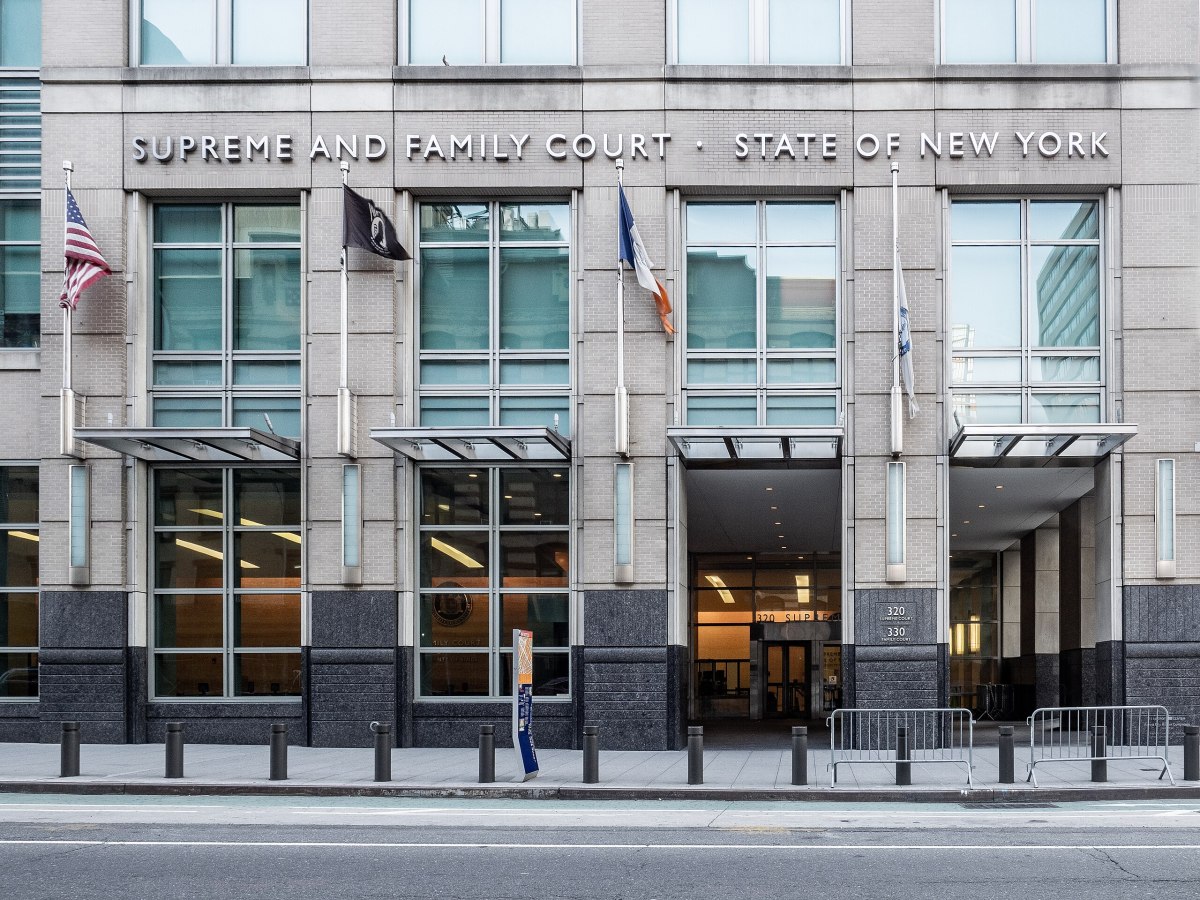The new year has brought a renewed focus on two major MTA issues: restoring ridership and increasing public safety. Those aren’t new priorities for us. Indeed, we’ve been working hard on both fronts since the pandemic began almost three years ago.
What’s changed recently is we’ve made significant progress. Final counts for the year show the subways carried one billion riders in 2022, the first time the system hit that benchmark since 2019, representing an increase of 240 million customers, or approximately 40%, over the previous year.
We celebrated the milestone at the 161 St-Yankee Stadium station shortly after our lucky one billionth customer, Sasha Salazar, came through the turnstiles. I was touched by her remarks at a ceremony we had, where she talked about the importance of mass transit to all New Yorkers. It’s an essential part of our daily lives, whether you live in Melrose, Midwood or Midtown.
And the more people that return to the system, the better for the region’s economy and continued recovery. All MTA agencies saw impressive ridership growth last year: in addition to the subways, preliminary data also shows Metro-North Railroad is up 65.9 percent, the Long Island Rail Road is up 56.9 percent, New York City Buses are up 13.4 percent, Access-A-Ride is up 11.3 percent, and traffic on MTA Bridges and Tunnels is up 7 percent.
It’s an incredible achievement when you consider the hurdles standing in our way: new waves of COVID, the enduring reality of remote work, and yes, concerns about public safety.
Kudos to Governor Hochul and Mayor Adams for leaning in on the issue time and time again – by increasing police presence on subway platforms and trains, by deploying new mental health resources, and by helping us expand our robust surveillance camera program.
These efforts are yielding real results. In the last 10 weeks – since the Governor and Mayor surged police into the subways – overall crime is down 15% versus 2021. Total arrests in December increased by nearly 50%, and so far, overall crime in January is already down by more than 26 percent compared to the same time last year.
Still, we know we’re only as good as our last week, so we won’t be easing up on safety initiatives any time soon.
It’s important to continue investing in the network, not only as it pertains to safety, but on the capital side as well.
MTA Construction and Development obligated a record $11 billion on new projects last year that will bring our infrastructure into the 21st century, improve the customer experience and advance equity for decades to come. But none of that matters unless we get our operating budget in order.
It no longer makes sense that we should rely so heavily on fare revenue from our customers – many of them working-class New Yorkers – to balance the books. We need a funding model that includes new, steady sources of revenue from the City and State government.
I’ve said it what seems like a million times, public transportation is a necessity like police, fire, and sanitation. Governor Hochul called the MTA the lifeblood of the region in her State of the State address. We couldn’t agree more, and we’re hopeful to see proposals emerge during budget season in Albany that change the model to benefit all New Yorkers.
Janno Lieber is MTA chair and CEO.



